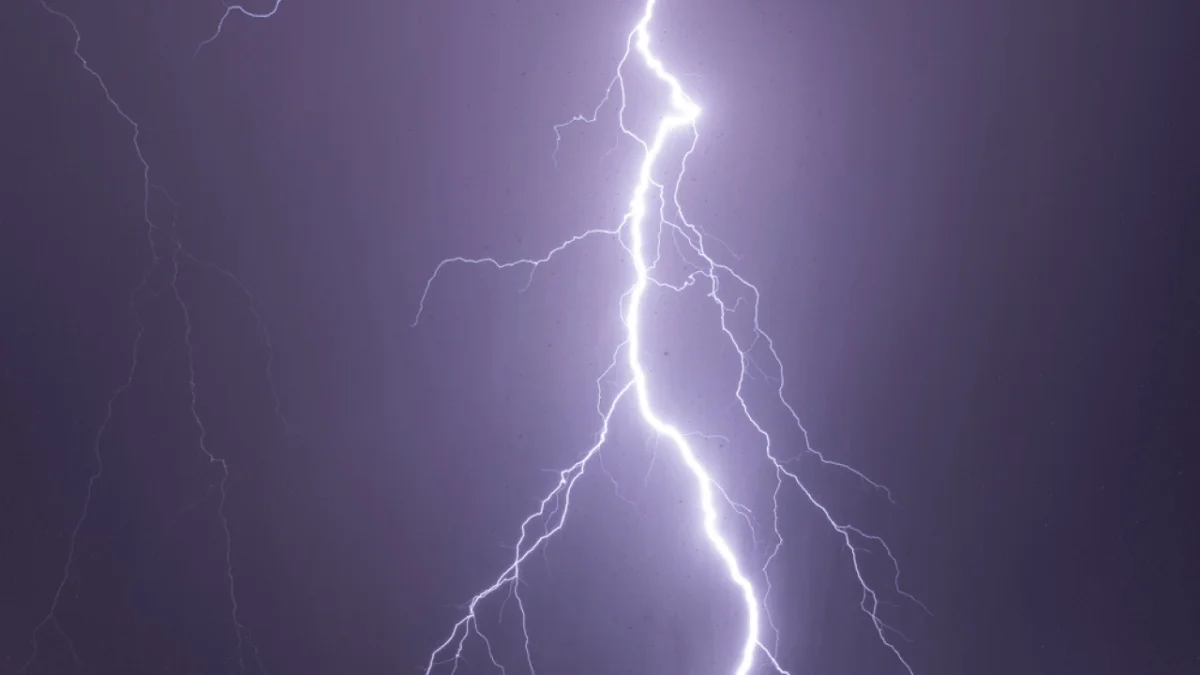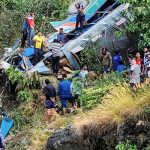A deadly lightning strike at Uganda’s Palabek refugee camp has claimed the lives of 14 individuals, most of them teenagers, after a powerful storm hit the area on Saturday evening. The victims were inside a makeshift church made from metal roofing when the lightning bolt struck, devastating the community.
Local authorities confirmed that 50 people had gathered for a prayer session when disaster struck. William Komech, resident district commissioner for the Lamwo region, detailed that the fatalities included five girls and nine boys, all aged between 14 and 18. Additionally, 34 other individuals sustained injuries and received medical attention at a nearby health centre.
Hillary Onek, Uganda’s Minister for Refugees and Disaster Preparedness, announced that the government is working closely with the United Nations High Commissioner for Refugees (UNHCR) to deliver aid and assistance to the survivors. “The government team is on the ground, supporting the affected families and ensuring the deceased are properly returned to their loved ones,” Onek noted.
Most of the residents in the camp are from the Nuer community of South Sudan, a region heavily impacted by conflict and displacement. This tragic event highlights the ongoing vulnerabilities faced by refugees residing in Uganda’s settlements, where infrastructure is often inadequate to withstand severe weather events.
Uganda has witnessed a series of fatal lightning incidents over the years. In a 2011 tragedy, lightning struck a primary school, killing 18 students. Similar incidents include the deaths of nine teenagers in August 2020 and a rare case in February 2020 where four endangered mountain gorillas were killed by lightning in Mgahinga National Park.
This latest incident brings renewed focus on the need for better infrastructure and storm safety measures in refugee camps across the region to protect vulnerable populations. Community leaders and aid organizations have called for improved emergency protocols and storm protection initiatives to avert such catastrophic outcomes in the future.






2 Comments